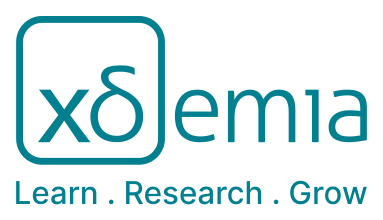Photovoltaics - Handling Earth Leakage Currents
9 Enrollments Level : AdvancedRelevance
Earth leakage currents, also known as ground leakage currents, refer to the currents that flow from an electrical installation to the ground (earth) due to insulation failures or other unintended paths. These currents can pose safety hazards, as well as cause operational issues. This issue is crucial for photovoltaics, since the PV generator yields in a larrge parasitic capacitance.
Abstract
This section explores earth leakage currents in the context of the H-Bridge converter used as a single-phase, grid-coupled DC/AC converter. In photovoltaic systems, the PV generator's large capacitance to ground can cause residual current devices (RCDs) to trip due to certain earth leakage currents. The discussion includes how the H-Bridge can trigger RCDs, focusing on common mode voltages. It also covers single-phase PV solutions like the H5-Bridge and HERIC topology, as well as three-phase solutions including transformer use at high power levels and filter capacitance connected to the DC-Link.
Learning Outcomes
The Students
can classify and overcome the challenges posed by geometrically large PV generators in combination with RCDs
have grasped the topological mechanisms for avoiding common mode stresses in the single-phase case and can carry out corresponding evaluations of common mode stresses
can synthesize modulators for H5 and Heric topology
in order to
achieve cost effective solutions with both, moderate filter effort and avoidance of elevated earth leakage currents
Prior Knowledge
Inverter Leg Operation, Controller Interaction and Protection Features, H- Bridge
Keywords
- Residual Current
- Residual Current Device RCD
- Parasitic Capacitance
Elements
1. About this Building Block
About this Building Block
2. Exercises
Exercises
3. Simulations
Simulations
4. Self-assessments
Self Assessment
Suggested Building Block
-

Power Electronics for Photovoltaic and Wind Energy Systems - Introduction and Overview
8 EnrollmentsThis material provides an introduction to power electronics used in photovoltaic and wind energy systems. It covers the interactions of different converter stages, explaining their specific properties and tasks. The course includes an overview, which is easier to understand with initial content slides. Practical exercises involve simulations using PLECS, starting with setting up the simulation environment.
-

Inverter Leg Operation, Controller Interaction and Protection Features
7 EnrollmentsThis segment focuses on inverter leg operation, exploring topology, current behavior, and both transient and steady-state responses. Key topics include voltage transfer ratio, inductor current control, and synchronous sampling. It also examines the influence of digital controllers, highlighting control parameter settings. Essential protection features covered are Over Current Protection (OCP), Over Voltage Protection (OVP), and Over Temperature Protection (OTP).
-

H-Bridge Converter as single-phase, grid-coupled DC AC Converter
8 EnrollmentsThis section focuses on the H-Bridge converter, a versatile topology used as a single-phase, grid-coupled DC/AC converter. Also known as an H4 or Full Bridge, this configuration includes two inverter legs and supports four-quadrant operation. Initially, it is explored as a DC/DC converter with various modulation possibilities. As a DC-AC converter, the same topology is applied with a focus on slowly modulating a sinusoidal waveform, accounting for ripple at twice the mains frequency.
